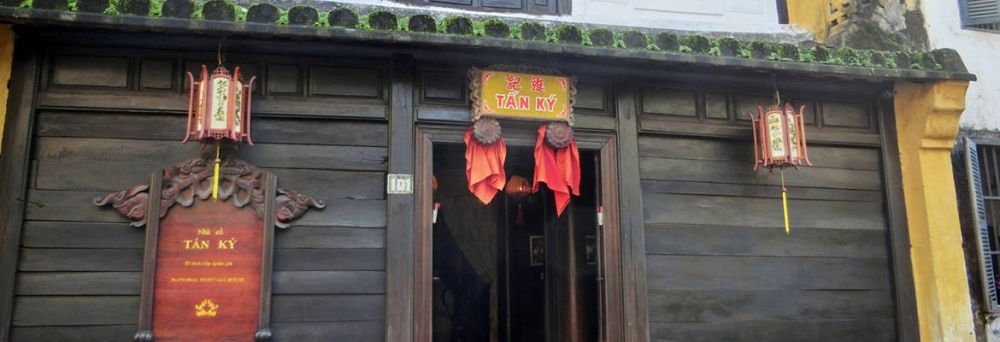

Established in the late 18th century, Tan Ky Old House stands as one of the most well-preserved historical structures in the charming town of Hoi An, Vietnam. This house has been home to seven generations and is a brilliant example of the fusion between Chinese and Japanese architectural elements that are prevalent in Hoi An's Old Town.
The town of Hoi An itself was an important trading port from the 15th to the 19th century, attracting merchants from across the world. The architecture and culture of the town have been influenced by various international communities, including Chinese, Japanese, and European settlers.
After centuries of prominence and then a period of decline, Hoi An, with its numerous historical buildings like the Tan Ky Old House, was declared a UNESCO World Heritage Site in 1999. This designation has made Hoi An and its well-preserved structures prominent on the tourism map.
Tourism in Hoi An and Tan Ky Old House began to flourish as international and local tourists sought to experience the rich cultural heritage encapsulated within its walls. The recognition by UNESCO sparked a renewed interest in the conservation of the town’s cultural heritage, consequently leading to increased tourism.
Visitors to Tan Ky Old House will find an architectural marvel containing elements of both residential and commercial design, which was common for merchant homes of that period. It showcases the adaptation of the inhabitants to the annual flooding of the area and is a testament to the cultural interchange that Hoi An is famous for.
The house is marked by meticulously carved wooden furnishings, antique ceramics, and centuries-old beams inscribed with poems and writings, all of which give insight into the lifestyle of its historical inhabitants.
The latest trend in Hoi An's tourism, including the Tan Ky Old House, has been a shift towards more sustainable and responsible travel. Efforts are being made to preserve the integrity of the town's historical attractions while accommodating the growing number of visitors. Tourists are increasingly interested in immersive cultural experiences, attending local workshops, and learning about Hoi An’s history and traditional Vietnamese culture.
Digital and social media have also changed the game, with many visitors discovering Hoi An and the Tan Ky Old House through platforms such as Instagram and Pinterest, attracted by the aesthetic and historical significance of the location.
In conclusion, Tan Ky Old House remains a cornerstone in the rich tapestry of Hoi An's history. Its continuation as a family home, alongside being a tourist attraction, makes it a unique and intimate experience for those looking to delve into the multifaceted story of Hoi An.